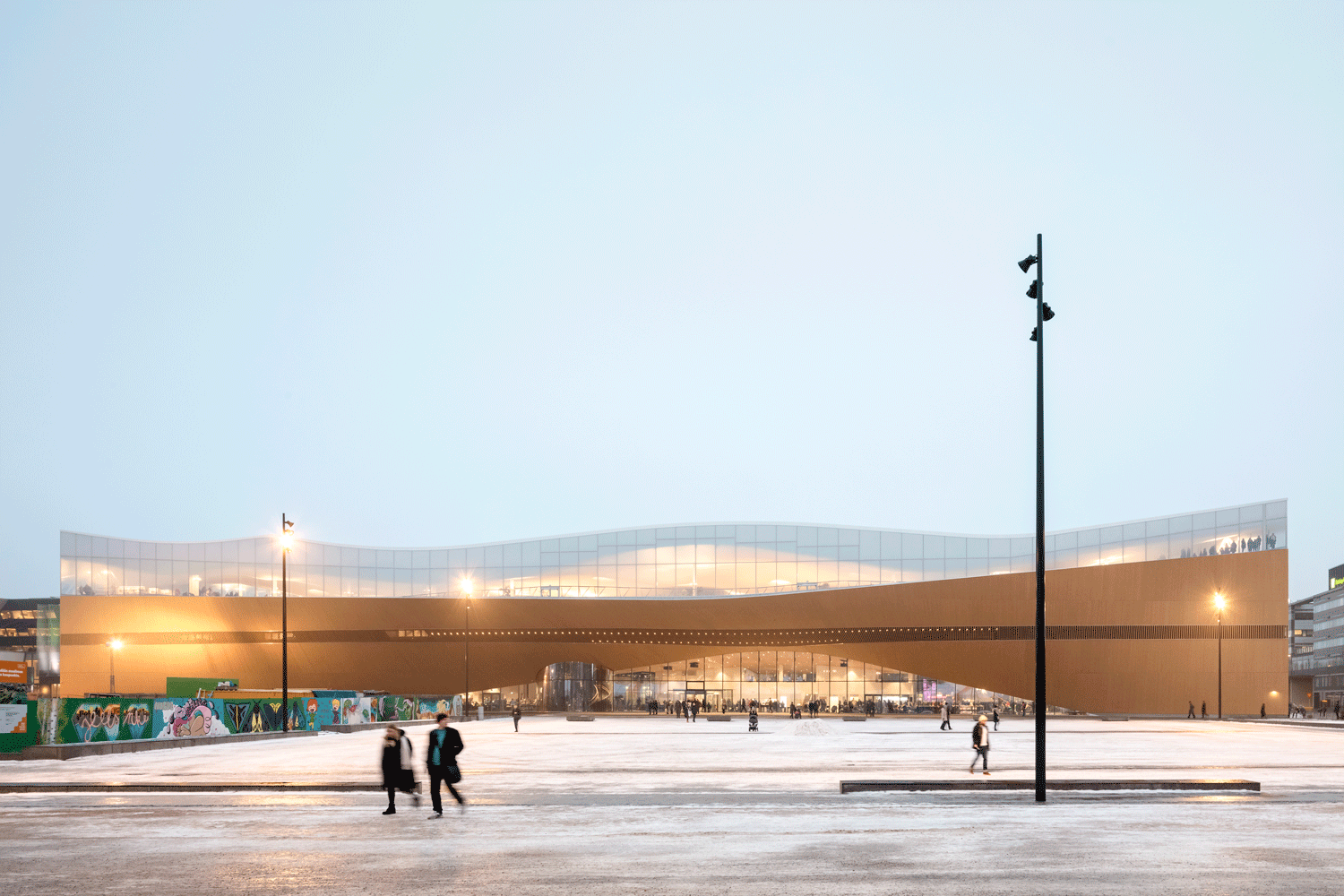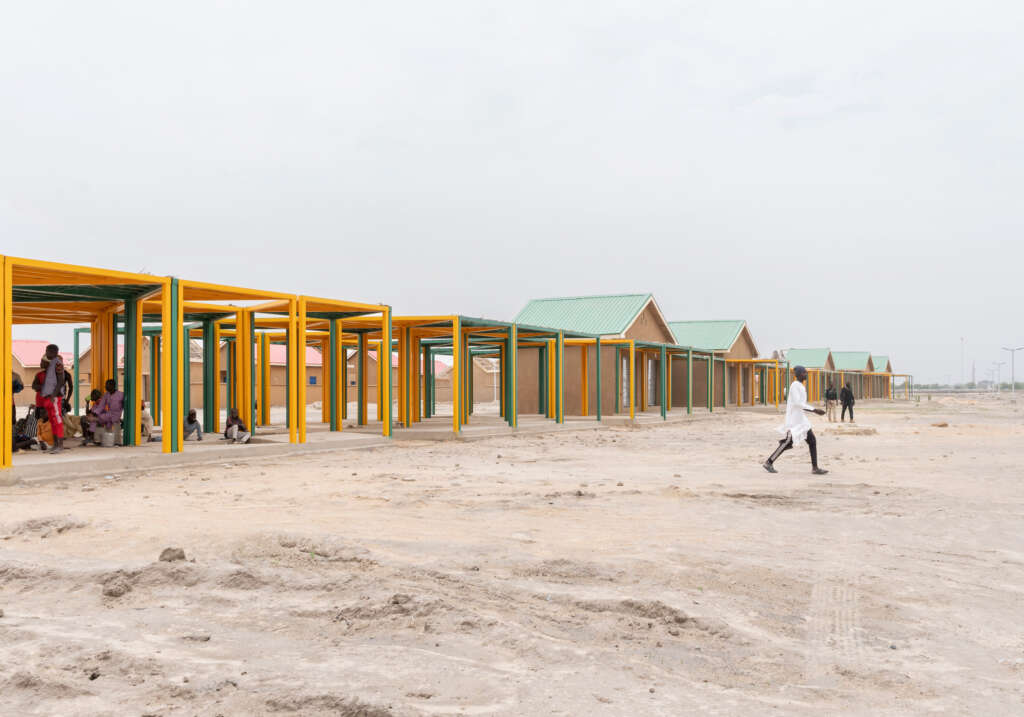
Rebuilding Ngarannam
Architect: Tosin Oshninowo
Location: Northeast Nigeria
Year: 2022
Photographs: UNDP and Tolulope Sanusi
The following description is courtesy of the United Development Programme (UNDP). Rebuilding Ngarannam is a stabilization programme in Northeast Nigeria, building an entire new community for a village displaced by Boko Haram. Conceived and led by the Nigerian Government, with support from the United Development Programme (UNDP), the new urban plan and infrastructure was designed by a Nigerian Consultant Architect Tosin Oshninowo, and its first phase, which will include housing and basic services including a school and healthcare facility, is set to be complete in summer 2022.
Working in collaboration with the state government and the UNDP, Tosin Oshinowo held extensive consultations with the community to design a settlement town that reflects and speaks to their culture.
Included in the ongoing project is the construction of approximately 500 housing units, a marketplace, health clinic, community centre, primary school & teacher’s quarters, a police outpost and residence, as well as water facilities all of which will be solar powered and fully equipped.
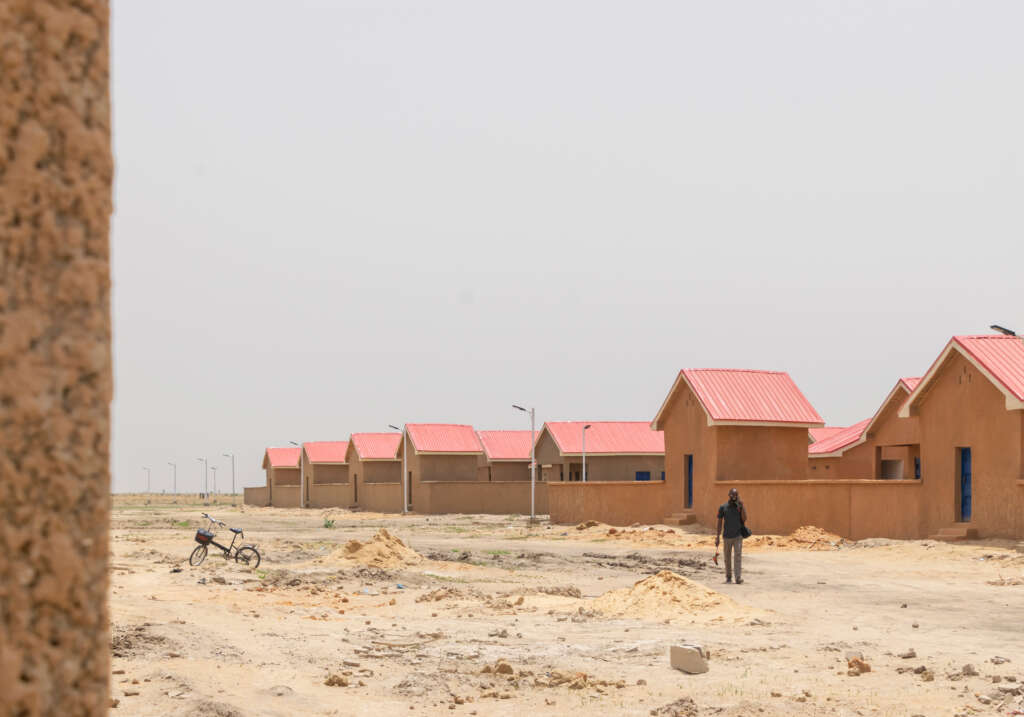
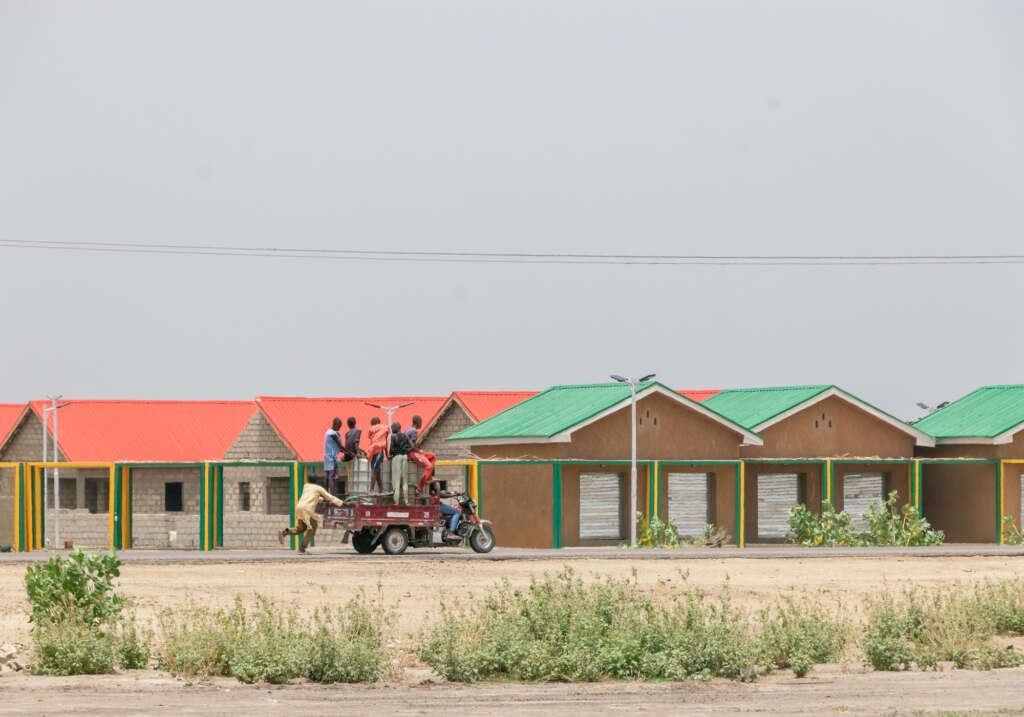
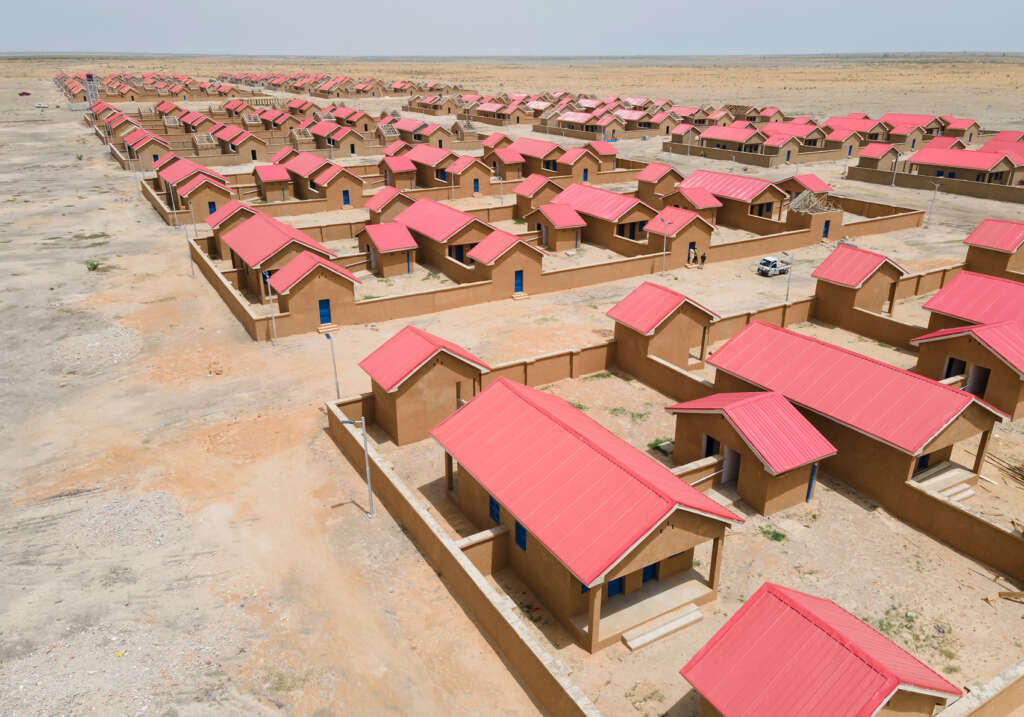
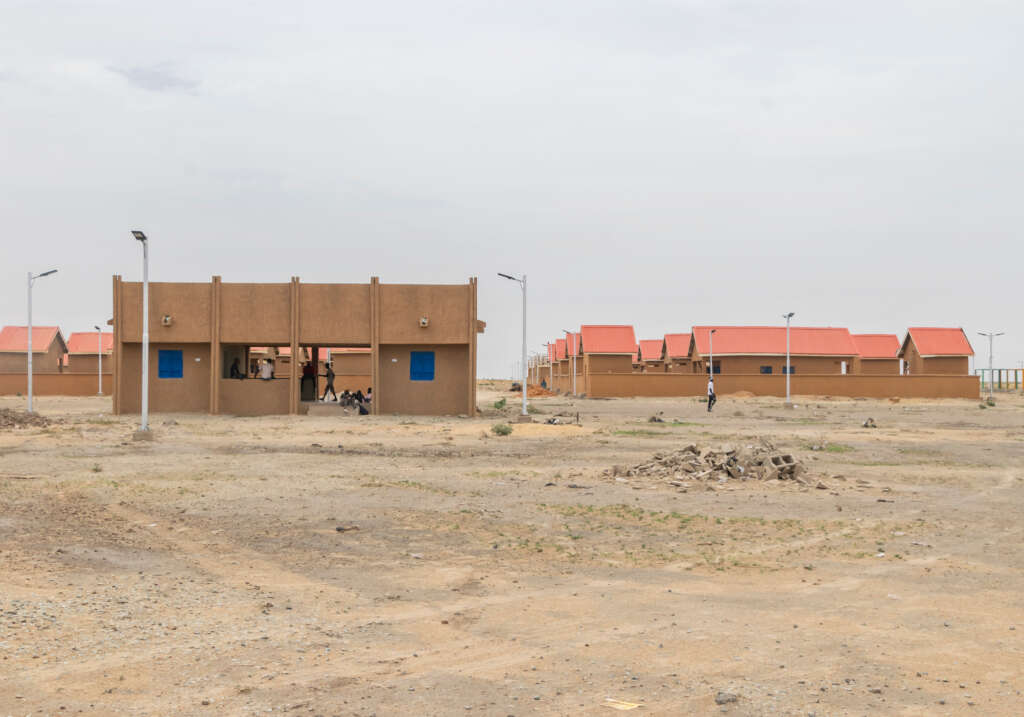
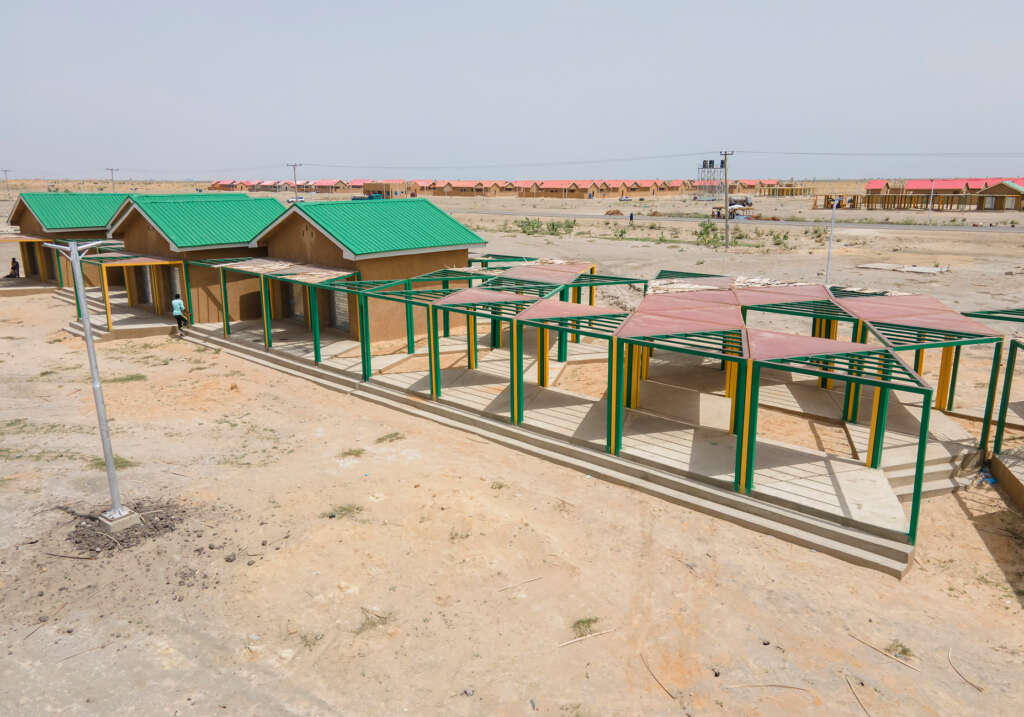
About Ngarannam
The ongoing conflict in the Lake Chad Region has affected Nigeria and its neighbouring countries Cameroon, Niger, and Chad. In Nigeria, over 7.5 million people need assistance across the states of Adamawa, Borno and Yobe in the northeast region, making it one of the most severe humanitarian crises in the world.
One of the places affected in the north-east is a small community called Ngarranam in Mafa Local Government Area, Borno State. The entire community was destroyed and displaced following attacks by the insurgent group Boko Haram, which led to extensive destruction of their community in 2015. Their shelter, economic system of livelihood, social system and local leadership structures were fragmented because of the attacks, and movement out of their previous locality.
Ngaranam was identified as an ideal place for piloting township expansion with a build-back better approach to create an enabling environment for voluntary return and ease overcrowding dwelling in the IDP camps:
- Willingness to return: The government identified Ngarannam as one of priority locations responding to strong desire of the community members to return, as the stabilization will greatly influence the community’s resilience.
- Need for services for IDPs: Currently Ngarannam is deserted, as their displacement is prolonged, it has become extremely difficult to keep their standard of living in displaced locations. Also, protracted displacement in Mafa town strains on current infrastructure and limited livelihoods opportunities. The need to expand the township to provide services that are currently limited is paramount.
The establishment of a permanent township would also enable them at the same time to enjoin in engagement with the local government in designing and benefitting from public services provision.
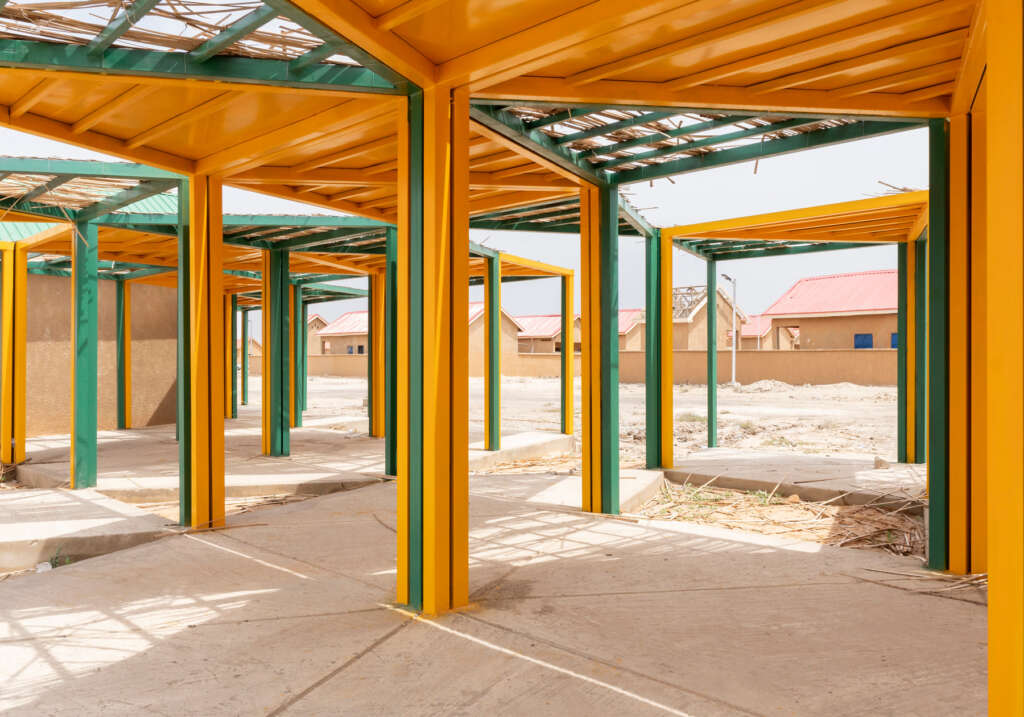
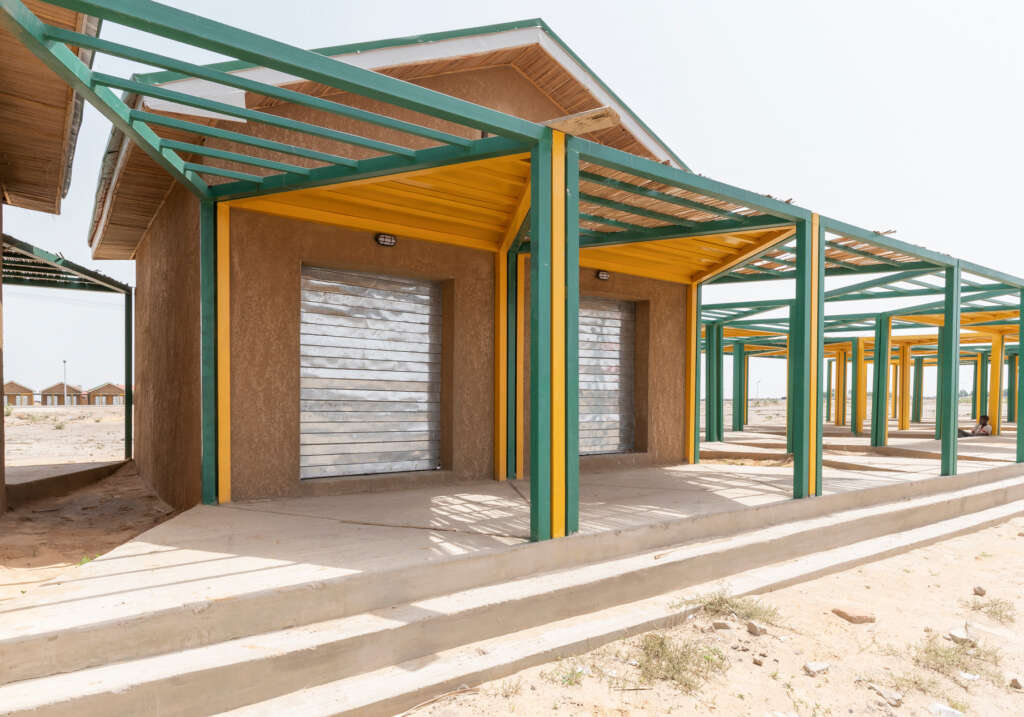
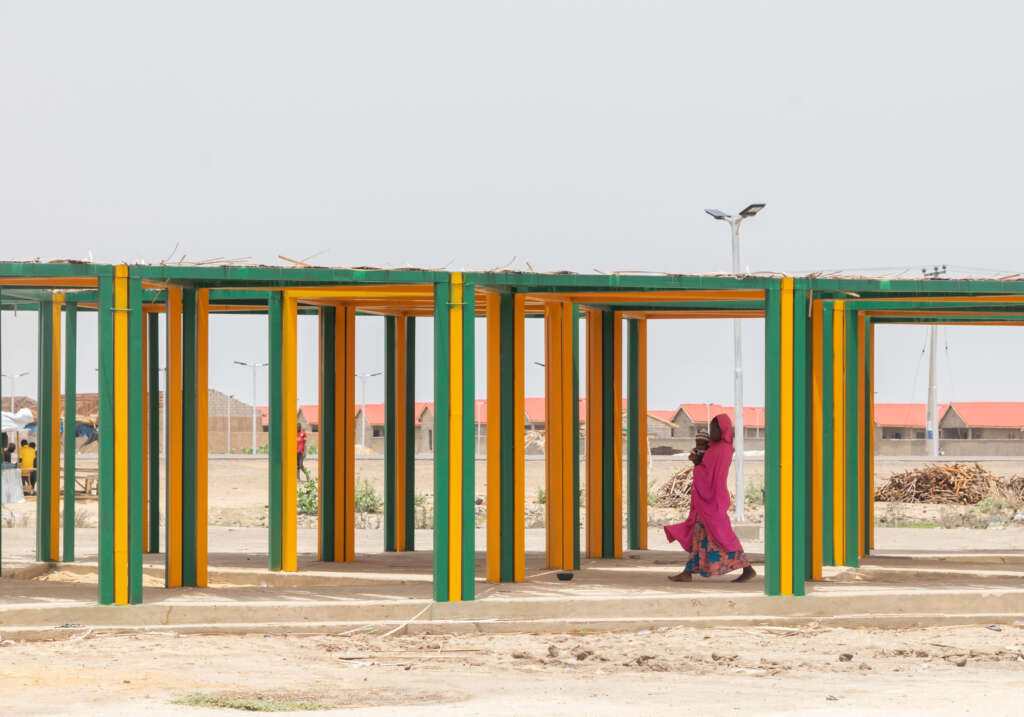
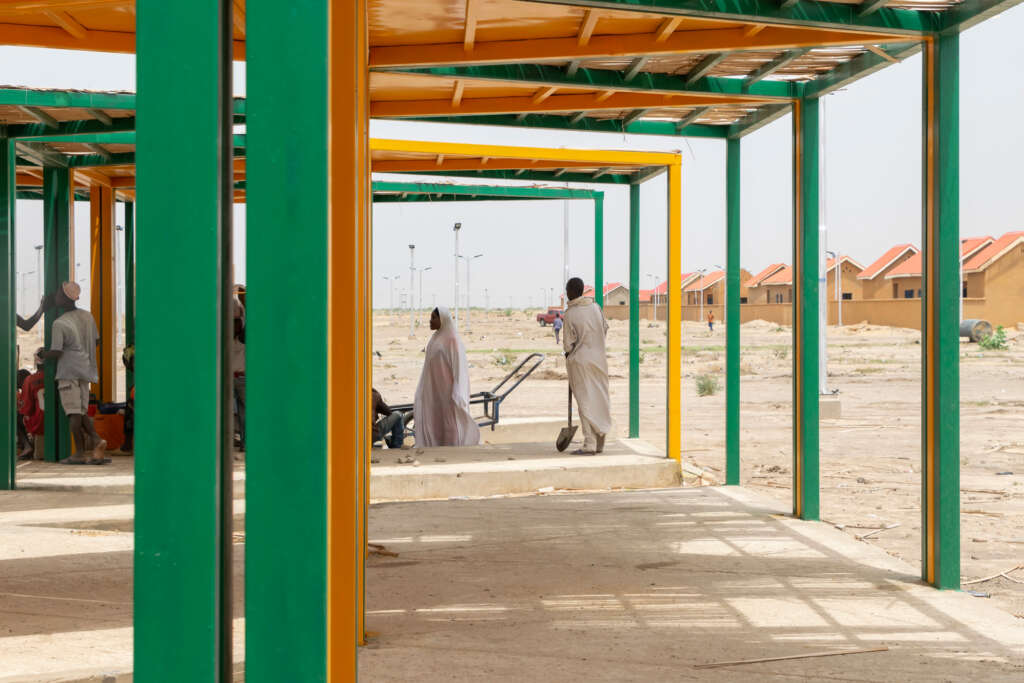
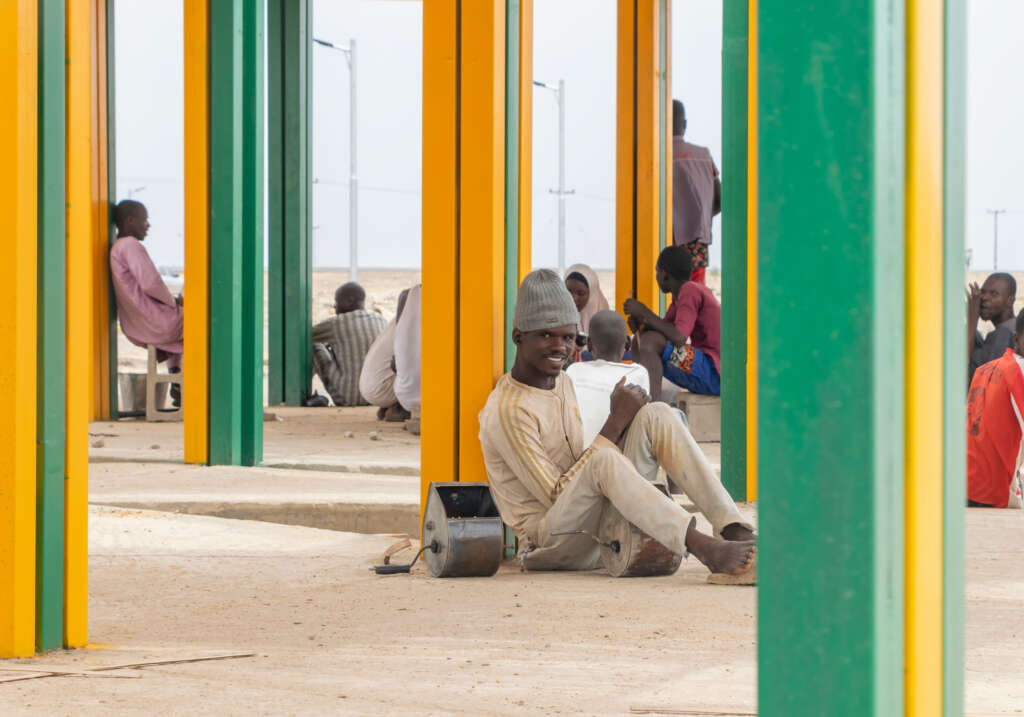
About the rebuilding project
For every society, peace, security, and access to basic services is essential. Failure to address these needs of communities rapidly raises the probability of a return to armed conflict. Projects like ‘Rebuilding Ngarannam’, under the Nigeria Regional Stabilization Facility, are created to support communities that want to return home and create conditions for prosperity and sustainability.
- Organizations involved: To address the rebuilding of communities displaced by conflict in northeast Nigeria, the Nigerian Government, with support from the United Development Programme (UNDP) and donors such as the European Union, Germany, the United Kingdom, Sweden and the Netherlands, have been delivering activities through its Regional Stabilization Facility (RSF) with the aim of helping local residents impacted by insurgency return to normalcy.
- Project aim: This project targets communities that remain vulnerable to continued infiltration and attacks by seeking to improve community safety and security, delivering essential infrastructure and basic services in recovered territories, and facilitating access to livelihood opportunities. It sets out to offer short term, visible and quick impact development and peace building interventions in conflict affected areas around Lake Chad, enabling IDPs and refugees to return and lay the ground for longer term development interventions.
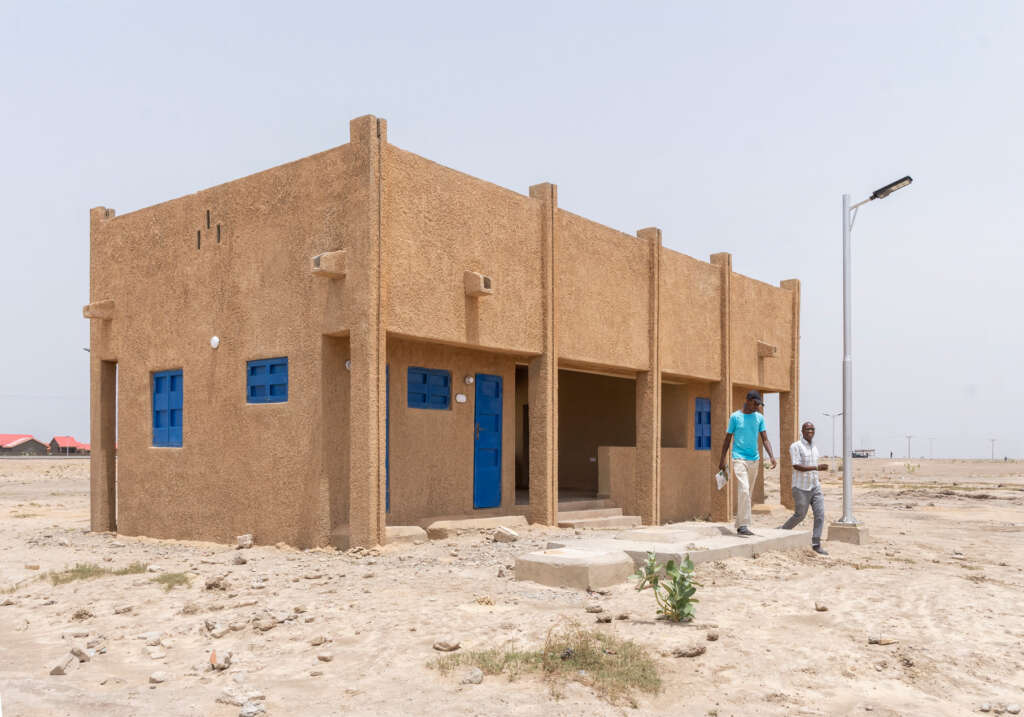
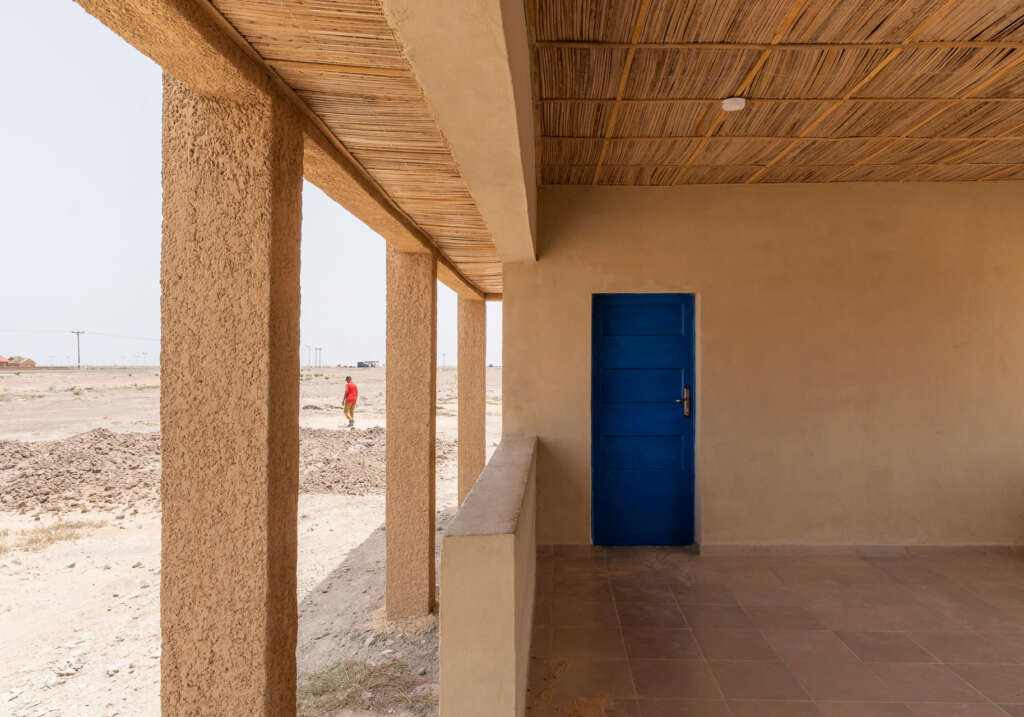
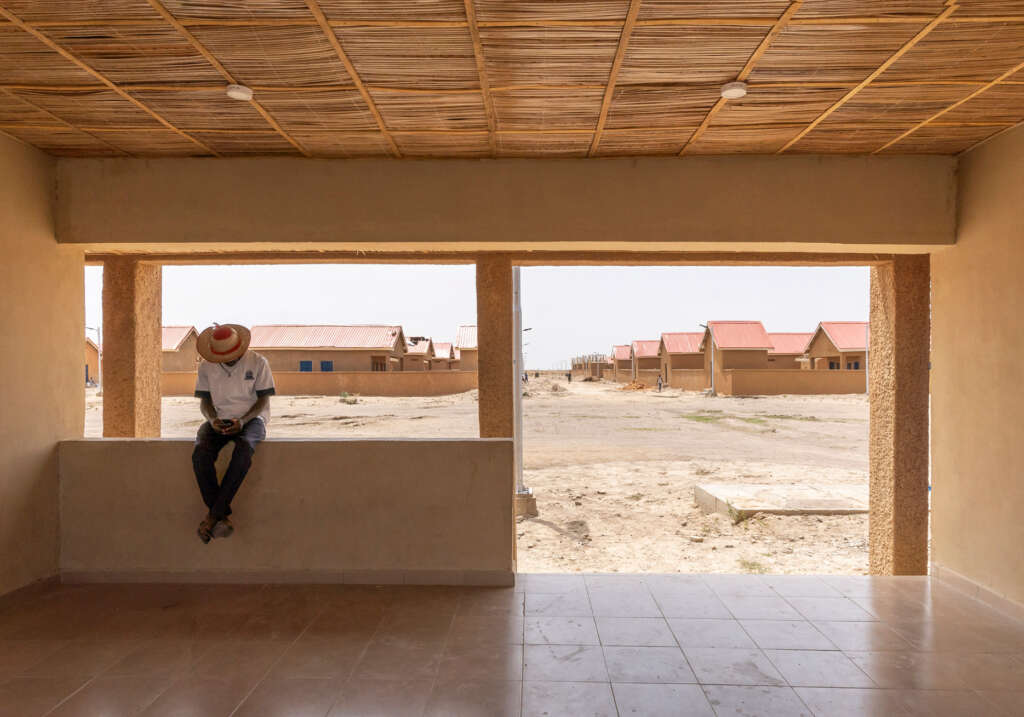
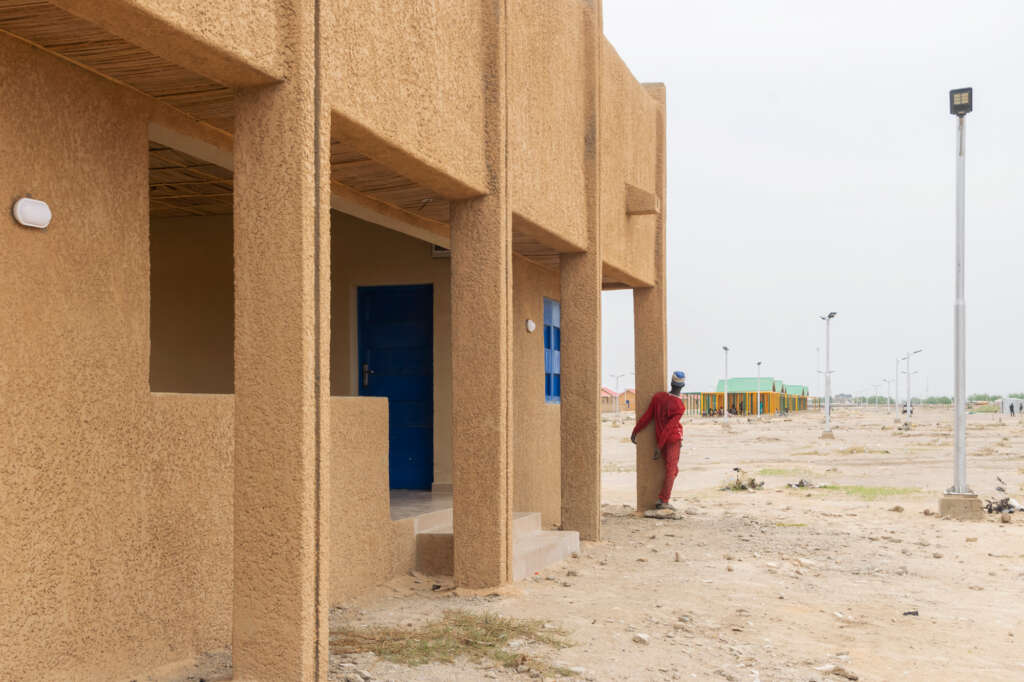
- Design: The vision for the ‘Homes for Ngarannam’ was to design a settlement town more closely related to the Kanuri/Islamic culture than the existing stabilization programs that have been executed in the State. Included in the master plan of redevelopment of Ngaranannam are:
- Residences: The design for the housing unit, was an improvement on previous designs for housing executed by UNDP and Borno State Government in the State. Special attention was given to the look and feel, while also paying attention to the sustainability of the build structure. Consideration was also given to the community preference of colour, which has been a fundamental intervention across the entire scheme in addition to the adaptation of the Zaure, a traditional reception room, which is fundamental to Kanuri/Islamic culture in separating public and private areas in the home.
- Roads: The plan determines the street network once and for all, while specifying the layout and width of all the streets. The location and the character of all open spaces, as well as monuments and public service buildings are also regulated by the master plan.
- Services: The proposal includes a community center, primary health clinic, marketplace, and police post, all of which will be completed in the first phase. Key design features include an adaptable shading pavilion that can be organically developed and built by the local community to create shaded areas for social gatherings, a pavilion scheme adapted to form for the marketplace’s open market stalls section.
The Nigerian Government and the UNDP believes in ‘human-centred design’, where interventions are
consciously suited to culture, environmental and climatic needs. It was therefore important that the
community drive the building scale and materiality that is appropriate, conscious, and respectful to the way
of life that existed prior to the conflict. The approach for Ngarannam is for the re-establishment of the
community, including its infrastructure and creating a secure environment for free return of the former
community member.
Prior to the insurgency, the former residents of the Ngarannam community had a flourishing cultural
diversity considering that the society was a mixed presence of Fulani, Kanuri, Shuwa and Gamargu
members. While displacement has disrupted the effective functionality of their cultural systems and their
involvement was fundamental to this design proposal.
The master plan’s design is aimed at regulating growth while enabling beautification to allow residents of
Ngarnannam to rebuild and return to semblancy of their normal lives.
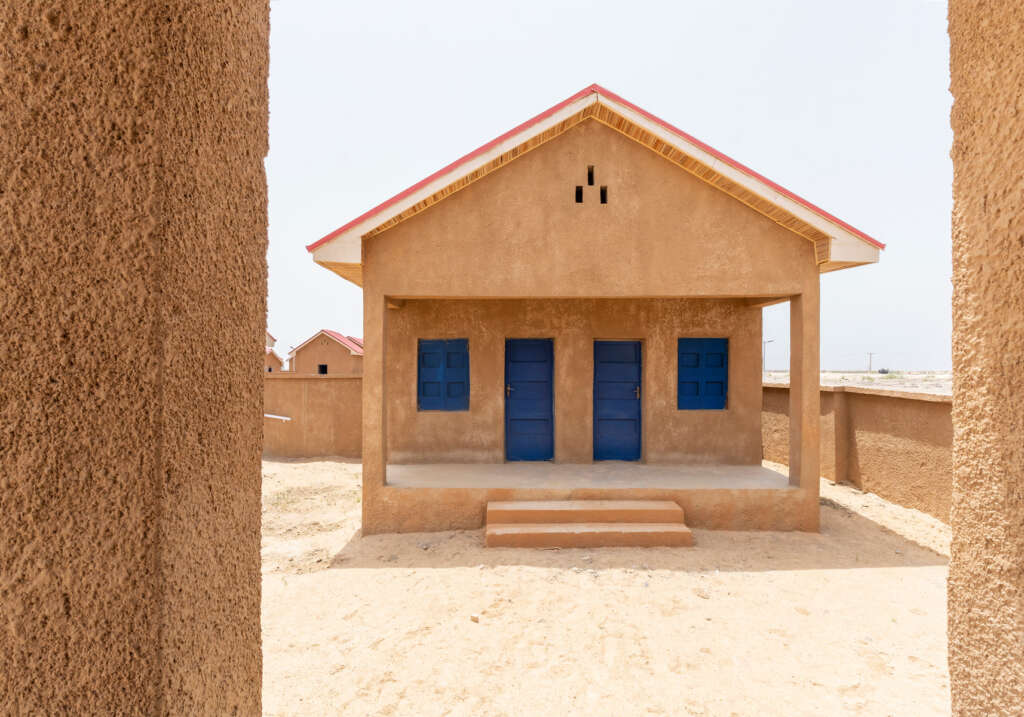
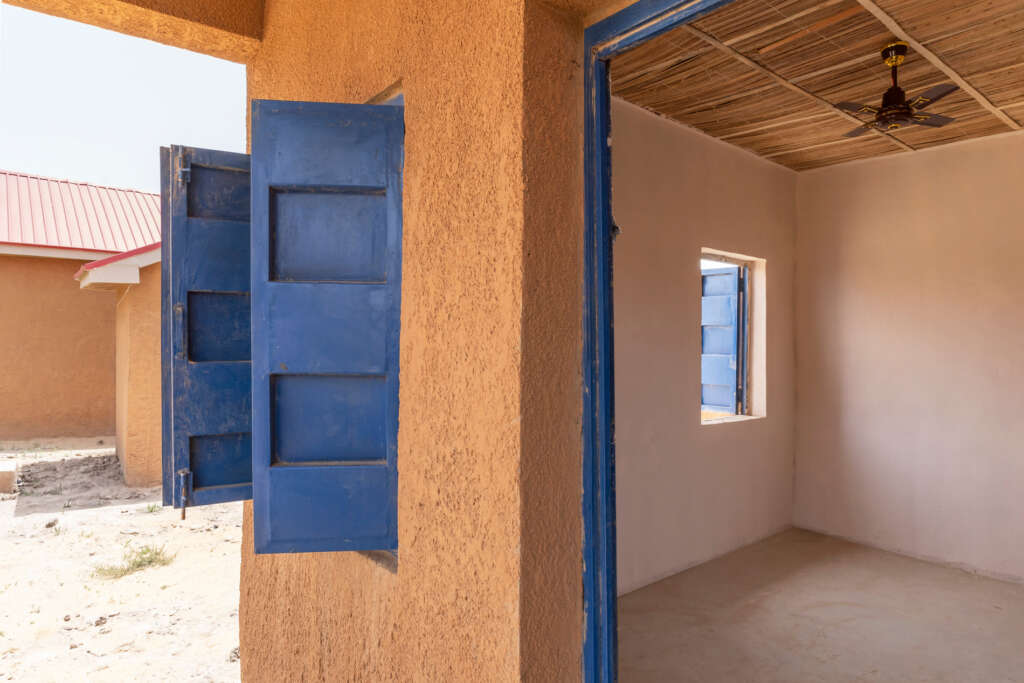
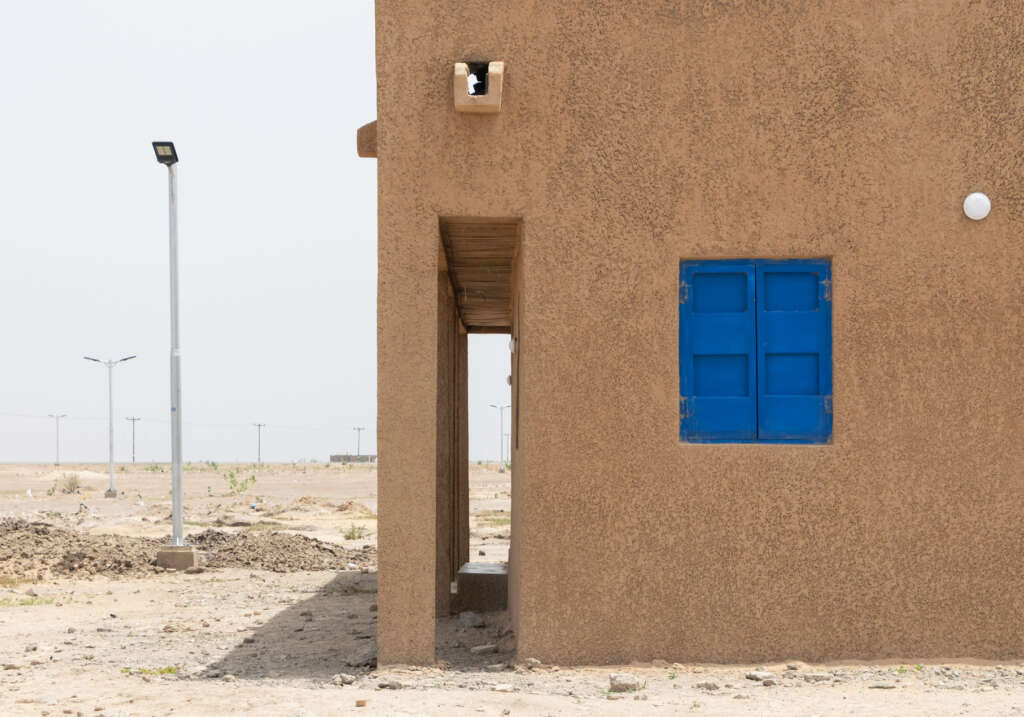
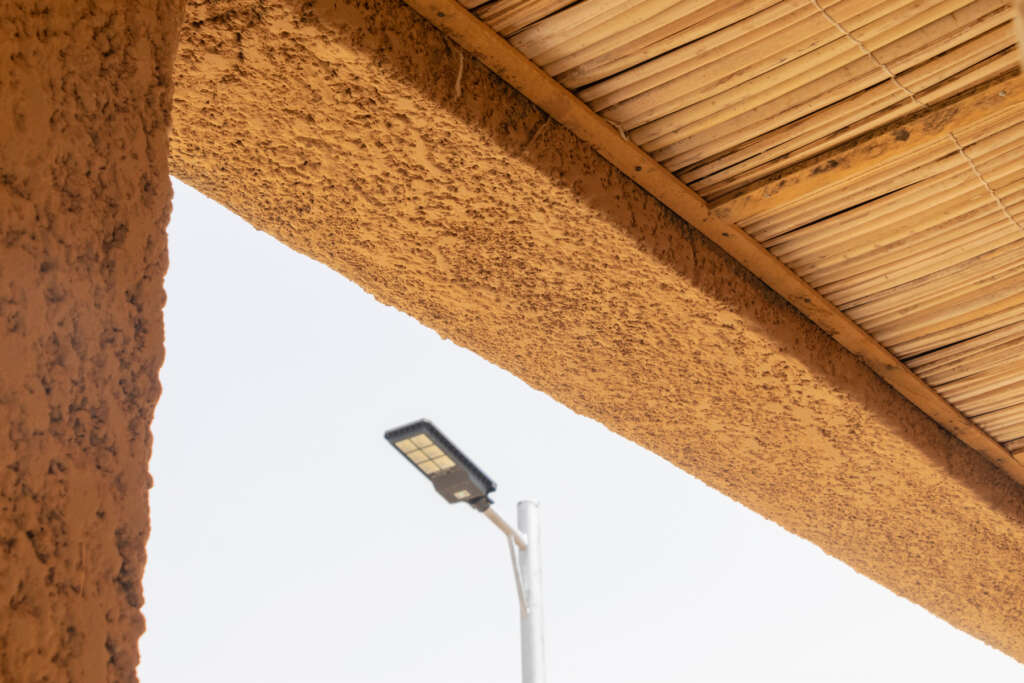
About UNDP
UNDP is the UN’s global development network, an organization advocating for change and connecting countries to knowledge, experience and resources to help people build a better life. We are on the ground in some 170 countries and territories, working with them on their own solutions to global and national development challenges. As they develop local capacity, they draw on the people of UNDP and our wide range of partners.
UNDP has been supporting the Government and people of Nigeria in addressing development challenges, through strengthening and building in- stitutions that promote inclusive sustainable development and democratic governance. We work with an array of partners as we work together to support Nigeria in meeting the Agenda 2050 and Medium-Term National Development Plan (MTNDP).

